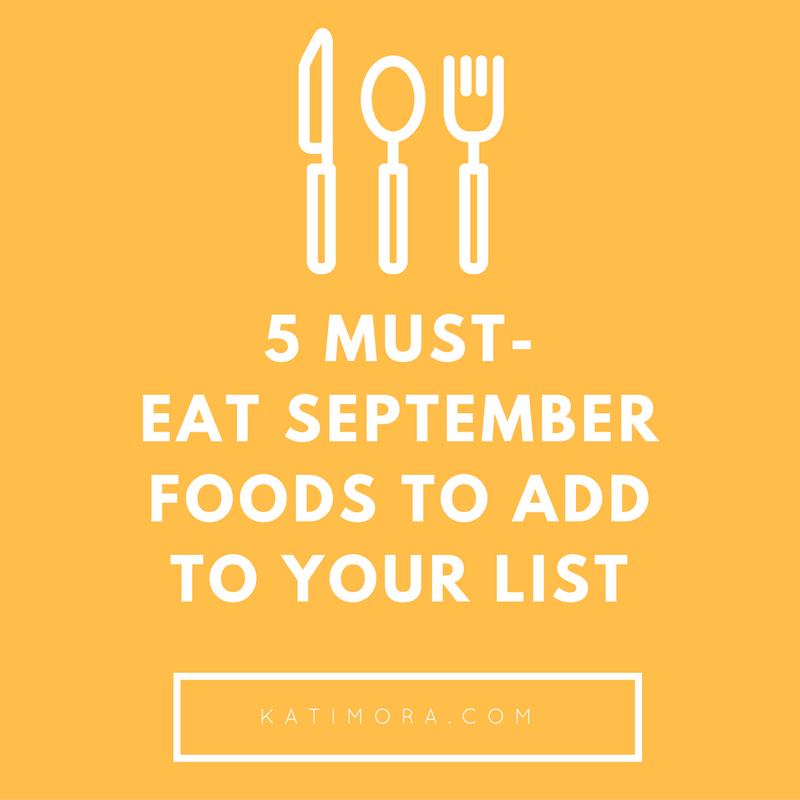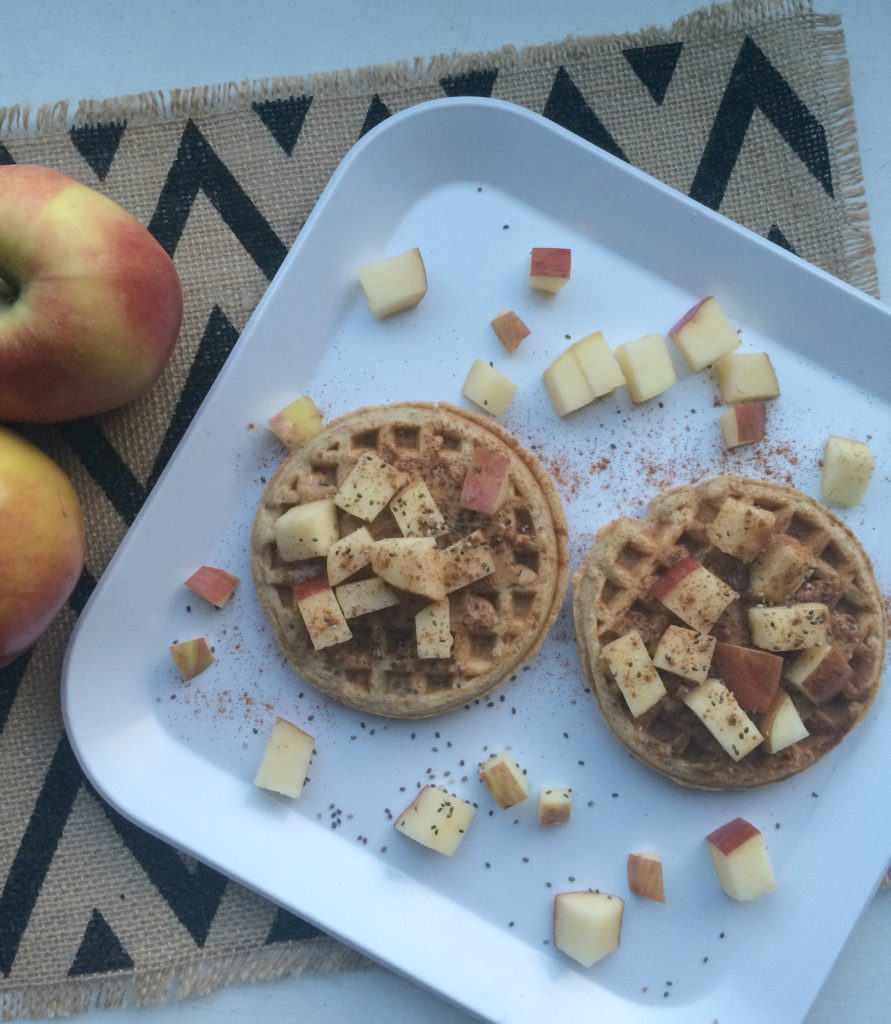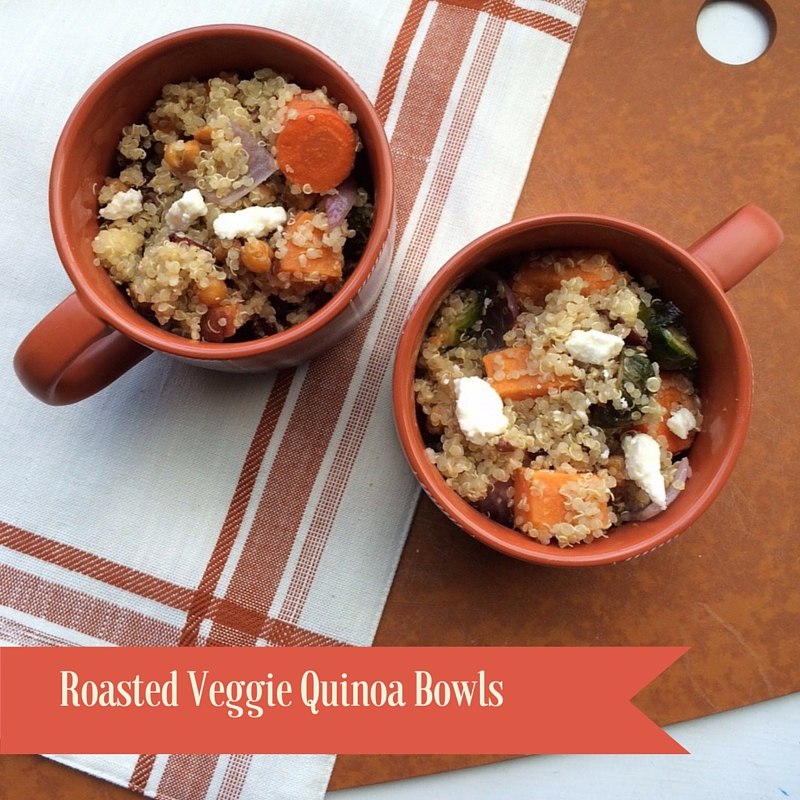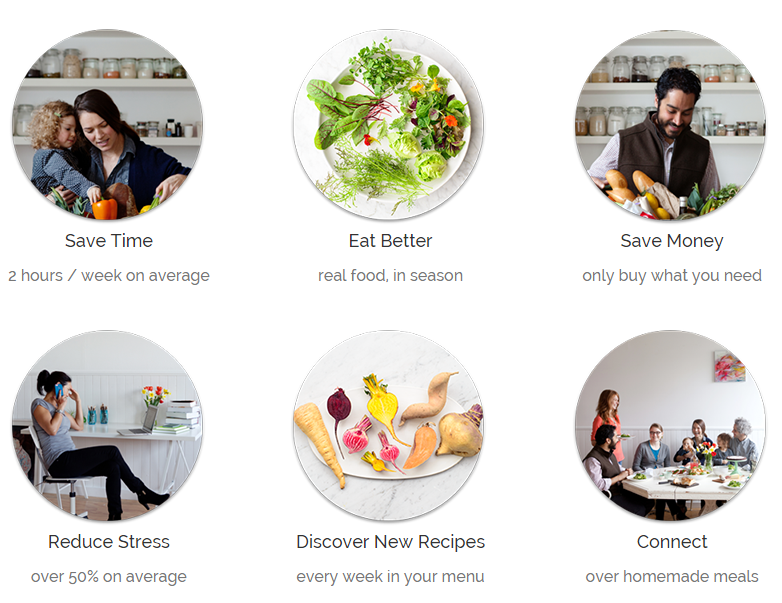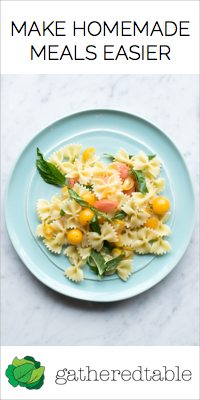Vegetables are one of my favorite food groups. Not only do they offer up a variety of essential nutrients, but they also happen to be one of my favorite ways to add texture, flavor, visual appeal and variety to any meal.
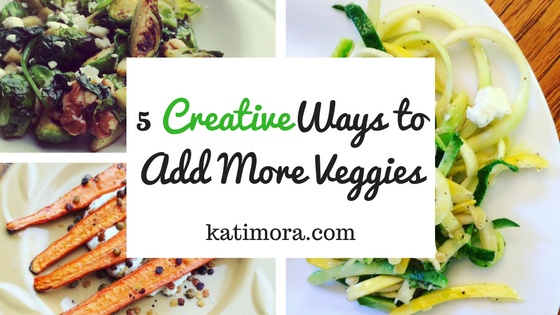
Earlier this week I was having a conversation with a woman who just wanted to know one thing – how on earth do you make vegetables worth eating? Perhaps this is a question you too have asked. If so, I can assure you aren’t alone. And for as often as I get asked this question, I never get tired of helping people discover their own solution to this unique dilemma.
Vegetables are what I like to call my “hard to love” food group. Although I’ve loved vegetables for as long as I can remember, I also realize that not everyone was destined to be a dietitian like myself.
No, sadly, not everyone is a veggie fanatic. So if you find yourself pondering deeply over how vegetables should fit into your life, I’ve got a few suggestions specifically for you.
Plan meals around vegetables. Even though approximately half your plate should consist of fruits and vegetables at each meal, they aren’t always the first thing we think of. With so much real estate dedicated to these two food groups though, it can be helpful to prioritize them in the planning process.
When I plan meals, I often like to combine protein-rich foods with some sort of whole grain and a vegetable. Typically, foods from other food groups work their way in too, but I know that when these three foods are present, I’ve got a good base to build from.
Prepare ahead of time. Once you have a plan in place to utilize your vegetables, it may be beneficial to prepare them ahead of time. I typically don’t prep all my vegetables at once, but I do like to prepare extra vegetables at each meal time. This way, I can easily incorporate these into dishes throughout the week. For example, if a meal I’m making only requires half an onion, I’ll prepare the entire onion, reserving the half I don’t use as an easy add in to a meal I might make later in the week.
#protip: storing prepped veggies in the fridge makes it easy to always add more nutrition to your meals https://t.co/bhdgKvhTAT
— Kati Mora MS, RDN (@KatiMoraRD) November 21, 2016
Related: My Meal Planning Routine
Try a new cooking technique. Do you ever feel like you’ve got the same two meals on repeat at home? Even I struggle with this. As a creature of habit, it can be difficult to get out of routine. So instead of trying to completely reinvent breakfast, lunch and dinner, consider smaller changes that can make an old meal feel new.
One great change? Trying a new-to-you cook method. Because vegetables are often underutilized, they are an easy focal point for trying new techniques. If you haven’t tried roasting, sautéing or grilling vegetables, I would highly recommend doing so.
Pro tip: Try identifying what qualities of foods you enjoy. If you prefer crunchy foods, you may enjoy lightly sautéed vegetables. If you prefer smoother, softer textures roasted vegetables may be more your style.
Related: How to Roast Vegetables
Pair with foods you love. Although it may be difficult to incorporate vegetables into your day consistently, there are probably foods you love that are much easier to add. When you begin to identify these foods, consider whether vegetables could be incorporated along with them.
For example, if you love spaghetti, it would be rather easy to incorporate vegetables into the sauce. Think Bell peppers, onion, or mushrooms!
Eat by the season. It may seem like there aren’t that many vegetables to choose from, but in reality there are lots of different vegetables available to us throughout the year. By becoming familiar with what is in season and when, you can add versatility to your vegetable round up and make your vegetable intake a lot more fun.
No matter how you look to incorporate vegetables, a good goal to shoot for is approximately 2 1/2 cups per day. If you aren’t quite sure what that looks like, the ChooseMyPlate.gov website is a great resource.
Need more suggestions for incorporating vegetables into your day? Here are some great suggestions from Cooking Light magazine.

